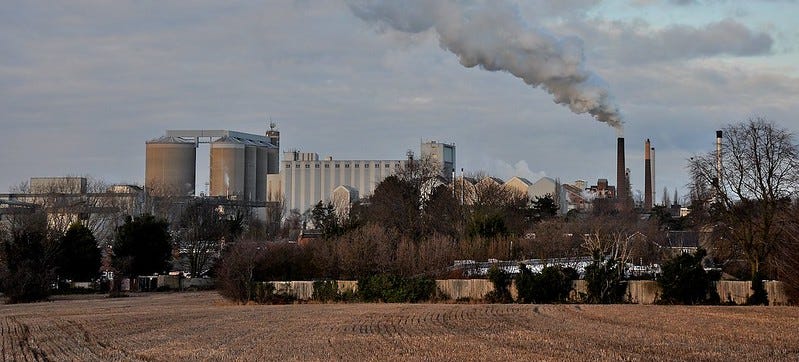Cloud Factory
The local sugar industry springs into life, turning mud-clotted beets into sweet crystals.
Keep reading with a 7-day free trial
Subscribe to Topographic Kitchens to keep reading this post and get 7 days of free access to the full post archives.




